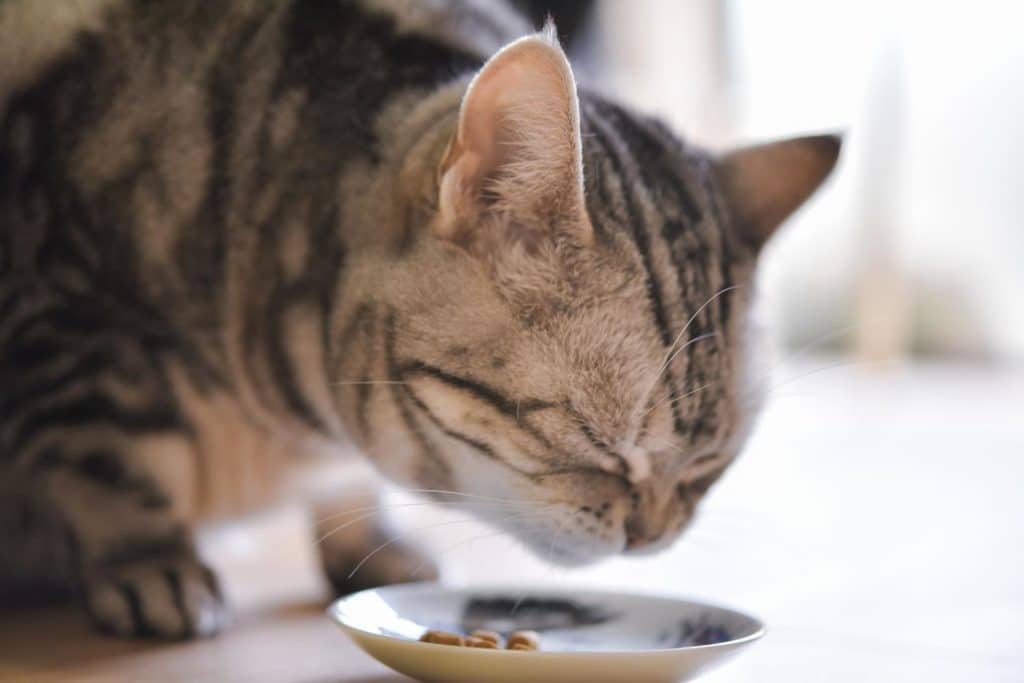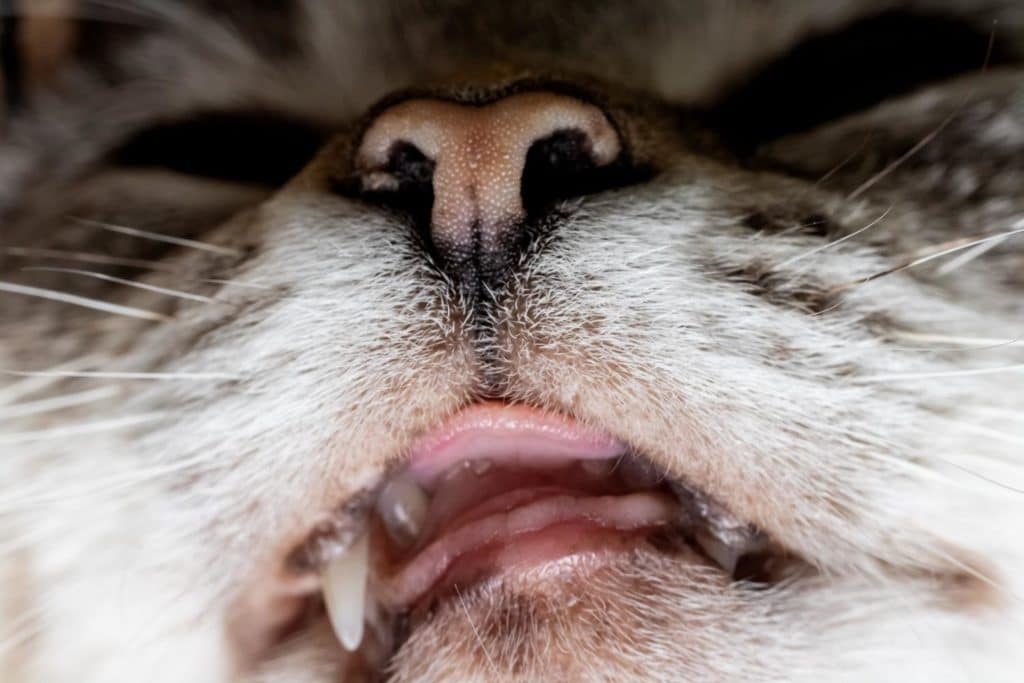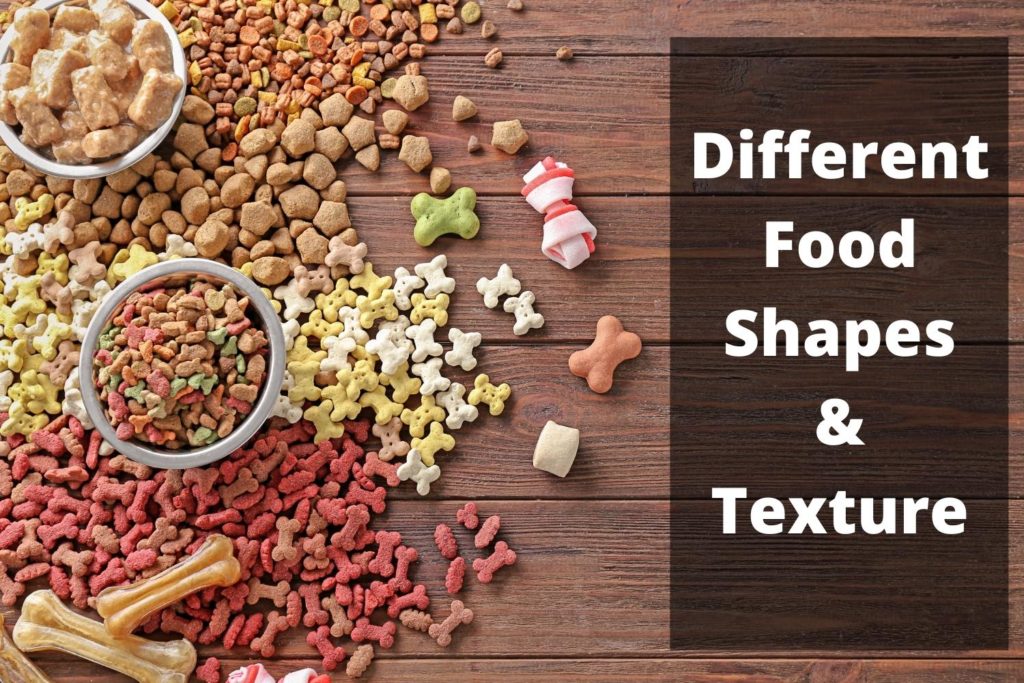
Are you concerned about your older cat’s eating habits? or trying to figure out a way to keep your old cat full so she can live for long? And maybe you have a cat that refused to intake anything?
So when our furry friend isn’t feeling well in old age and stop eating, it can cause concern. Here are a few suggestions from our experts that will help get your cat back on track nutritionally.
Don’t worry – there are plenty of things you can do to help get her eating again.
It’s natural with elderly cat appetite to come and go a little as they age; they may become finicky when it comes to food. In addition, they may be developing illnesses (hyperthyroidism, diabetes, or kidney disease) that need veterinary advice or developing a behavioral change.
We recently published a good cat food resource for those suffering from dandruff, please visit to know more about it.
1. Respiratory Diseases
Cat’s sense of smell or breathing can be disrupted, causing them to lose their appetite due to respiratory issues.
Upper Lower Respiratory Diseases: A blocked nose or eyes can cause your cat’s nose and eyes to overflow with mucus, resulting in temporary blindness or loss of smell and taste.
Lower Respiratory Tract Diseases: It might put your cat’s lungs at risk, making it difficult to breathe. It might be as difficult as fighting cancer.
If the illness prevents your cat from smelling its food, it may decide it doesn’t want to eat.
Solution:
Be observant and check for symptoms. Make sure your cat can breathe properly; if not, give it a few days to get better by helping your cat breathe and visit a vet for further assistance.
Antibiotics, bronchodilators, corticosteroids, and other medications may be used to help your cat cope with its condition and breathe more easily. Might be given oxygen therapy by the veterinarian if the problem is severe.
2. Digestive System Diseases
Your cat’s stomach, intestines, pancreas, or other aspects of its digestive system may be causing it to stop eating. Vomiting and diarrhea or abdominal discomfort might also be signs of digestive disease.
A loss of appetite is often one of the first symptoms of a digestive system condition. Reflux, tumors, an imbalance in intestinal bacteria, parasites, irritable bowel syndrome (IBS), and other issues are all possible problems.
Solutions:
Give your cat food that is easy to digest; include pumpkin in her diet. Some cats are lactose intolerant and have food allergies. If this applies to your pet, ask the vet about lactose-free milk or Allergen-free foods.
If you suspect parasites, talk with a veterinarian about treatment options for intestinal worms or other parasites.
It would help if you also got medical advice for your cat in the possibility of irritable bowel syndrome, inflammatory bowel disease, or other digestive issues.
3. Foreign Bodies
Some cats like to eat things they shouldn’t consume, causing hairballs or other problems. When a foreign object is lodged in your cat’s stomach or intestines, it’s known as an obstruction.
If this is the case, then it will let food pass through the digestive tract, and as a result, your cat may vomit all that she eats. Symptoms include lack of appetite, vomiting, and diarrhea.
Solution:
A foreign body can be anything from a piece of string to a small rock. If you suspect your cat has a foreign body, immediately take her to the veterinarian.
The vet will be able to perform an X-ray or other diagnostic tests to determine if there is something lodged in your cat’s digestive system. If there is, the vet will likely remove it surgically.
4. Decaying Teeth

Fracture teeth, resorptive lesions on teeth, inflamed gums, and dental abscesses may become a reason for pain and result in refusing all food altogether.
Like human beings, cats also prefer not to eat if their mouths hurt. Vets need to sedate or anesthetize your pet to evaluate the problem because a pet’s mouth is hard to examine.
Solution:
Treatment for dental disease includes antibiotics, pain relievers, and surgery to remove teeth or reduce the infection. If problems are caught early enough, your vet may be able to save all or most of your pet’s teeth.
5. Food Flavor
Cats can be picky. Some cats eat one sort of food for months or years and then abruptly decide they don’t want to eat it anymore.
It is usually due to personal preference, but sometimes food companies make changes in flavor and components without making any outward signs on the packaging, and your cat will notice and rebel as a result.
Solution:
Try changing the flavor of food and the brand if your cat is being finicky.
6. Food Shape or Texture

Your cat may also be allergic to certain forms and textures when it comes to food. For example, some cats enjoy triangular shapes, while others prefer round ones. Canned wet food or crunchy dry food are the only two alternatives.
Solution:
You can try different types of food, such as canned wet food with different shapes and textures.
7. Food Spoilage
If you offer your cat expired or spoiled food, they may refuse to eat it. There can be another case where the whole supply of a single badge turns rancid where we see recalls.
Solution:
Examine the expiration date on the food. Alternatively, give it a sniff to determine if it has an off scent.
8. Hyperthyroidism
Thyroid hyperthyroidism is a common ailment in older cats. Thyroid overactivity is the term used to describe this condition.
When cats have hyperthyroidism, there are a few noticeable symptoms to look for. These may initially be minor and barely perceptible. When the condition advances, however, these will become more apparent.
Solution:
There are a few different options to treat hyperthyroidism. One example of treatment would be anti-thyroid medication, which allows for temporary control of the disease. However, the medicine will need to be administered every day and for the rest of their lives.
Stop administering the drugs, and the thyroid gland will start producing an excess of the hormone again.
9. Diabetes Mellitus
Another condition that can cause your older cat not to eat, yet appear healthy and hydrated, is diabetes mellitus. It is another case of hormonal disease in cats, revolving around the hormone insulin produced by beta cells in the pancreas.
Increased thirst, urination, and weight loss are typical signs of diabetes in cats. In addition, cats will typically demonstrate an increase or complete absence of appetite in most situations.
Solution:
Thankfully, diabetes in cats can be controlled. If you believe your cat has diabetes, make an appointment with your veterinarian. To assist, they’ll generally give insulin injections.
You’ll also have to return for regular checks so that your veterinarian can monitor the situation and ensure that the therapy is continuing to function effectively.
10. Kidney Disease
It’s also believable that your older cat has kidney disease. As cats get older, their kidneys’ functionality naturally decreases, and the chance of kidney disease grows with age. As a result, this is a high possibility; your senior cat isn’t eating but is drinking as usual.
The kidneys are responsible for removing waste and poisons from the body. However, because the organs aren’t functioning effectively, this garbage isn’t efficiently removed from the blood, resulting in health issues.
Solution:
It is impossible to treat chronic kidney disease in cats, but if you take steps early and consult with your vet, you can borrow some years for your cat. Then, with proper medication and a special diet, she can feel well and eat on time.
4 Tips to Make Food More Acceptable for Cats
- Try warming your cat’s food: The issue of food texture may also contribute to your cat’s pickiness. Try warming the food to soften it up a bit and make it easier to chew. However, do not microwave the food as this will change its structure too much for your cat’s liking.
- Add some wet food into her kibble: Cats will often prefer wet food to dry, so you might find that adding a little bit of canned or wet cat food to her kibble can help entice her. But, again, she may need it to be warmed first and softened up with water if necessary.
- Offer your cat a tempting wet food or broth: Dilute the canned cat food with water and serve it in a bowl along with some warm, tasty broth. The broth will help entice your cat to eat something while also helping soothe her throat if she’s feeling unwell.
- Offer a lickable cat treat: Offer your cat a delicious lickable treat while preparing her regular meal. This way, she may be encouraged to eat some while waiting for her usual mealtime.
Commonly Asked Questions
We recommend you to please visit what to do when an old cat not eating? This resource is created for cat parents’ education.
Finally – Spend Time With Your Cat
Bring your cat into your favorite places to spend time with you when possible. It will give you more quality time together while also helping to alleviate the rest of the issues that are currently occurring in your home.
If your cat doesn’t eat, hand-feed him if he accepts it and offers the highest quality cat food you can afford. He’ll most likely prefer wet food since it’s easier to swallow and more appealing.
Brush him at least twice a week, as he may not feel up to grooming himself.
Continue to see the vet, and if you aren’t happy with the treatment options, don’t hesitate to get a second opinion.
